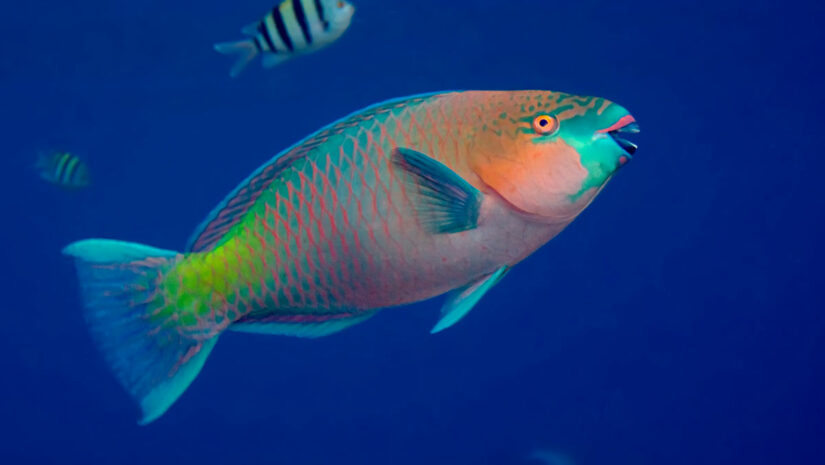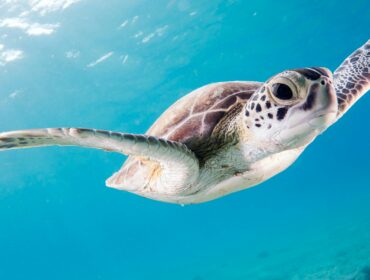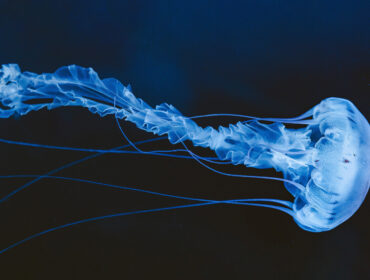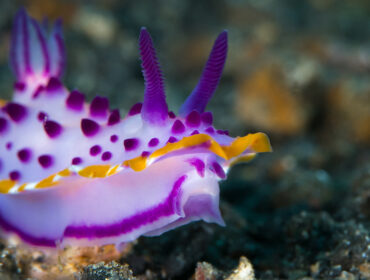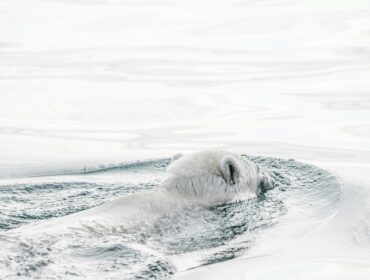A parrotfish is a lovely sight to behold on a dive, and indeed, it does quite closely resemble its avian namesake. In addition to its bright colors and varied marking patterns, the teeth of the parrotfish are fused together in a way that looks remarkably like a parrot beak. Its jaws are so strong that it can bite through rock and calcified coral structures! Evidence of parrotfish feeding is seen on corals by way of missing chunks, causing speculation that parrotfish are actually to blame for the declining health of coral reefs. Despite their indiscriminate feeding habits, parrotfish actually play an important role in the survival of coral reefs and tropical islands.
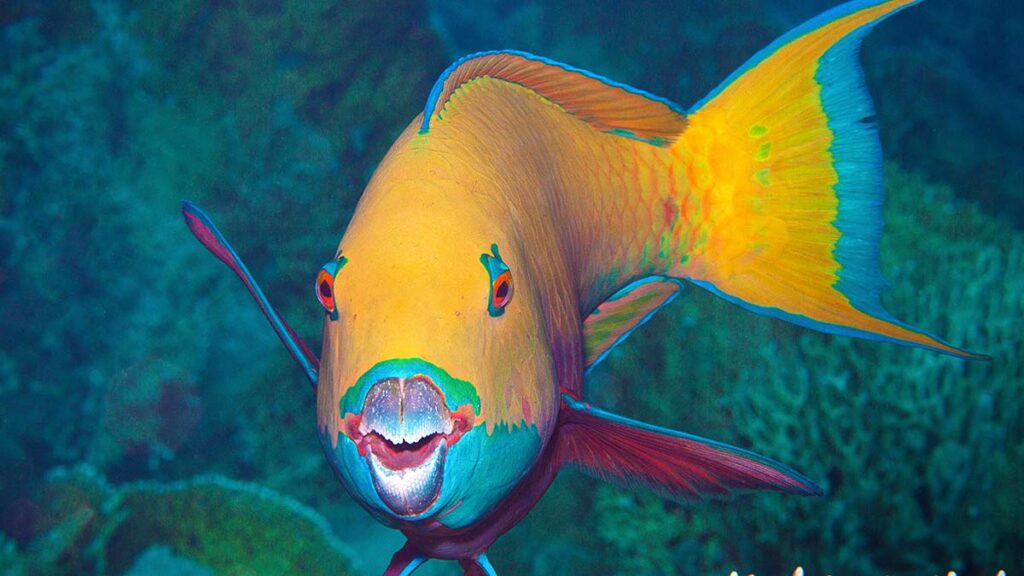
What is the parrotfish?
The parrotfish is a fascinating marine fish belonging to the family Scaridae. Known for its vibrant colors and unique appearance, the parrotfish derives its name from its resemblance to a parrot, particularly due to its beak-like mouth structure. This colorful species lives in tropical and subtropical waters around the world, inhabiting coral reefs, rocky shores, and seagrass beds.
Characteristics
Parrotfish are renowned for their dazzling array of colors, ranging from vibrant blues and greens to striking yellows and pinks. These fish exhibit a peculiar appearance, often resembling a cross between a parrot and a fish, hence their name.
Body Composition
Their bodies are elongated and compressed, with powerful jaws that resemble a beak, giving them a distinctive appearance. They possess specialized teeth fused into a beak-like structure, which they use for grazing on algae-covered surfaces.
Habitat
Parrotfish live in shallow tropical waters, no deeper than 70 meters. They inhabit coral reefs, as well as seagrass beds and other rocky coastal areas.
Behavior
One of the most fascinating aspects of parrotfish behavior is their ability to change sex during their lifetime. They start as females and can transition into males as they grow older, a process known as protogyny. This unique trait plays a crucial role in maintaining the balance of their populations within reef ecosystems.
Diet
The primary food source for parrotfish is algae, which is what causes them to graze on corals, sometimes resulting in large chunks missing from a coral colony.
Life Span
The life span of parrotfish varies depending on species, with some living up to 7-10 years in the wild. However, factors such as predation, habitat degradation, and environmental changes can impact their longevity.
Predators
Despite their vibrant colors and formidable appearance, parrotfish face threats from various predators, including sharks, barracudas, and larger predatory fish. Their colorful appearance may serve as both camouflage and a warning signal, helping them evade predators or deter potential threats.
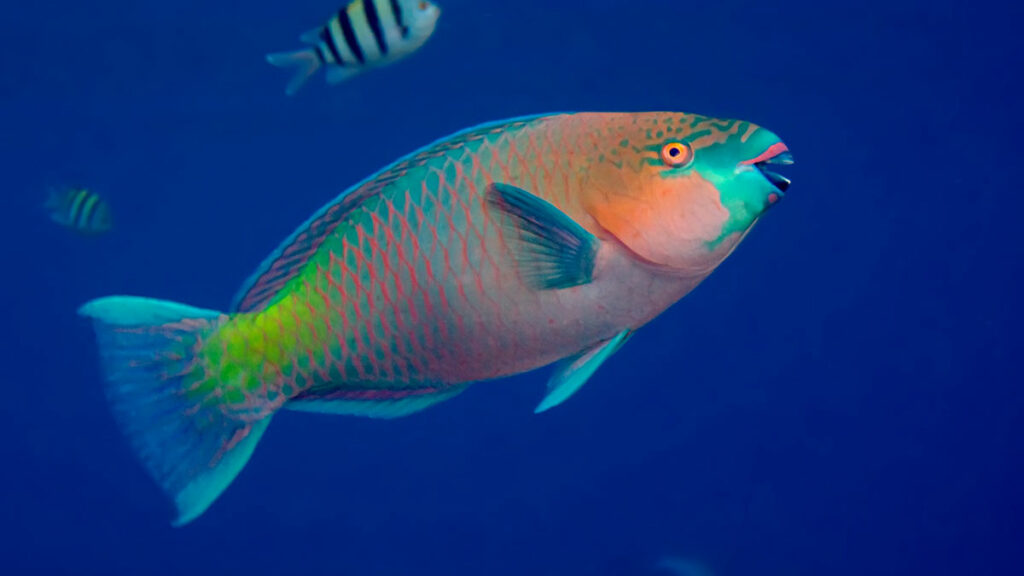
Parrotfish & Coral
Coral polyps maintain a symbiotic relationship with algae in order for both organisms to feed. CO2 produced by the coral is consumed by the algae for the process of photosynthesis, which creates sugars and amino acids as nutrients for the coral. This cycle creates the beautiful coloration that corals exhibit in shallow reefs. But ironically, an overgrowth of algae will actually suffocate the polyps, which leads to the bleaching death we’re seeing so often lately.
Unchecked algae growth is not only detrimental for corals and seagrasses, it can spell doom for many other ocean species as well. Decomposition of algae consumes much of the dissolved oxygen in the water column that marine plants and animals need to survive. Although some coral and grasses are consumed in their quest for algae, without the constant grazing of the parrotfish, algae populations would explode, choking entire ecosystems as they rapidly reproduce.
Benefits of the parrotfish’s diet
Another beneficial side effect of the parrotfish’s consumption of coral is the way their system processes and expels coral. Rocks and coral are ground up by teeth found in the throat of the parrotfish, and the waste is excreted as sand that partially comprises the soft beaches of many tropical islands, which, as they build up, begin propagation of new plants and other life forms. The excreted sands on the shallow ocean floor make up the foundation for new coral formations to build. It would seem as though the damage is mitigated by the regeneration that comes as a result of the insatiable appetite for algae the parrotfish have.
Moreover, parrotfish rely on coral reefs for the survival of their own species. They are pelagic spawners, meaning they release their eggs into the water column, where they drift until settling into the coral to hatch. Coral reefs are important nurseries for parrotfish, so it is not in the interest of the parrotfish to indiscriminately destroy the very grounds in which they are born. As with all ecosystems, each member serves a vital function to maintain the health of the entire reef. Despite the bad press, it looks like the parrotfish is simply doing its job.
Conclusion
The parrotfish stands as a captivating species in the realm of marine life, with its striking appearance, unique behaviors, and crucial role in reef ecosystems. As divers, encountering these colorful creatures in their natural habitat provides not only a visual feast but also a deeper appreciation for the intricate balance of life beneath the waves.

